Perseid meteor shower 2022: Here's when to look up
The Perseids are one of the brightest meteor showers of the year. Named after the Perseus constellation, the spectacular show occurs when Earth moves through a trail of material left behind by the comet Swift-Tuttle every August.
The Perseids meteor shower is loved by astronomers for being one of the most active meteor showers and, although bad weather can interfere with visibility, experts expect the 2022 Perseids to be particularly special.
When is the Perseids meteor shower 2022?
The shower will peak this year on Thursday 11th and Friday 12th August, although reports says it won't be quite as dazzling as last year due to the full moon illuminating the sky. According to the RMC, the Perseid meteor shower is active between 17th July and 24th August, with the number of meteors increasing every night until it reaches its peak.
"The Perseids are created by debris from the comet Swift-Tuttle, and get their name from the fact that the shooting stars we see (as the debris burns up when it hits the Earth's atmosphere) seem to radiate from the constellation Perseus," Edward Bloomer, astronomer at RMC previously told Country Living.
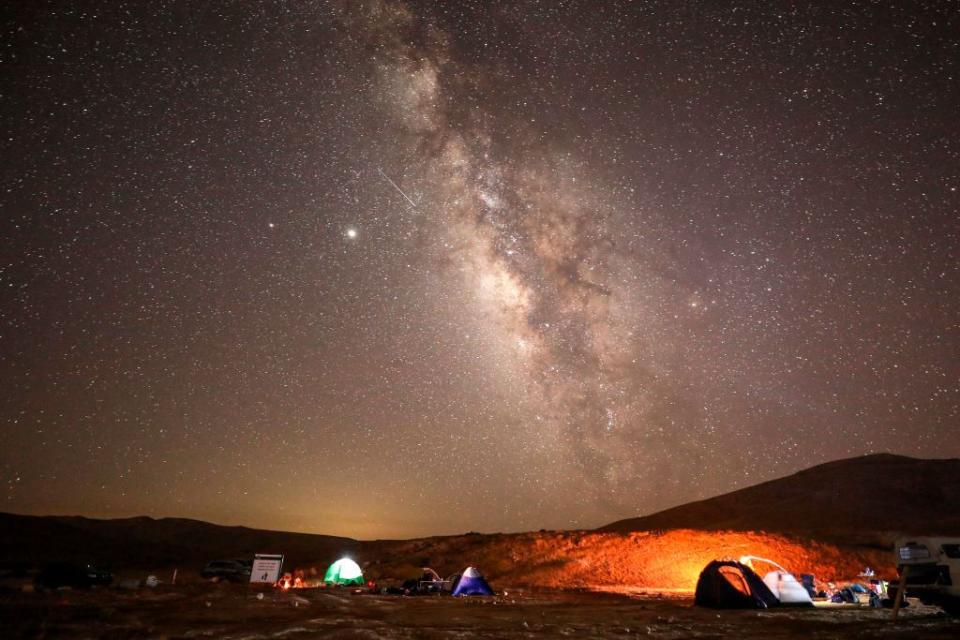
Where can we see Perseids meteor shower 2022 in the UK?
For best viewing, try to get somewhere with a clear horizon, elevated if possible, and as isolated as you can from artificial light sources — such as street lights.
"The best time to see anything in the night sky is when the sky is darkest and when the target is at its highest position in the sky. For meteor showers, this usually occurs between midnight and the very early hours of the morning," say the RMG.
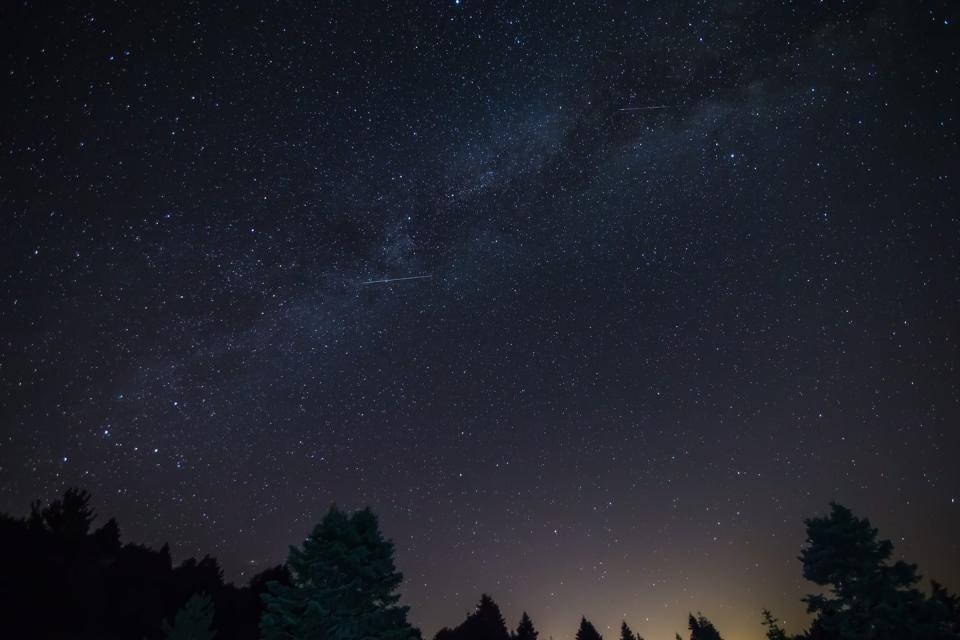
You won't need a telescope, or any other equipment, but stargazers will need to find a dark sky location and be prepared to be patient - it takes around half an hour for eyes to adjust to the dark.
The team add: "If you have something like a deckchair, or are able to lie on the grass and stare towards Perseus (rising towards the northeast as the sun sets - and if nothing seems to be happening, you can look for Jupiter, Saturn and Mars), relax and let the event unfold.
"Shooting stars only flare for a second or two; too short to point them out to other people if they're not looking in the same direction, so it becomes quite a personal experience. You may even be lucky and see a fireball caused by a slightly heftier chunk of debris hitting the atmosphere. These are brighter, might last five seconds or more, and you might even see the debris break up in the atmosphere."
Make sure not to miss the stunning display. Alternatively, you can enjoy the images taken by photographers from all over the world...
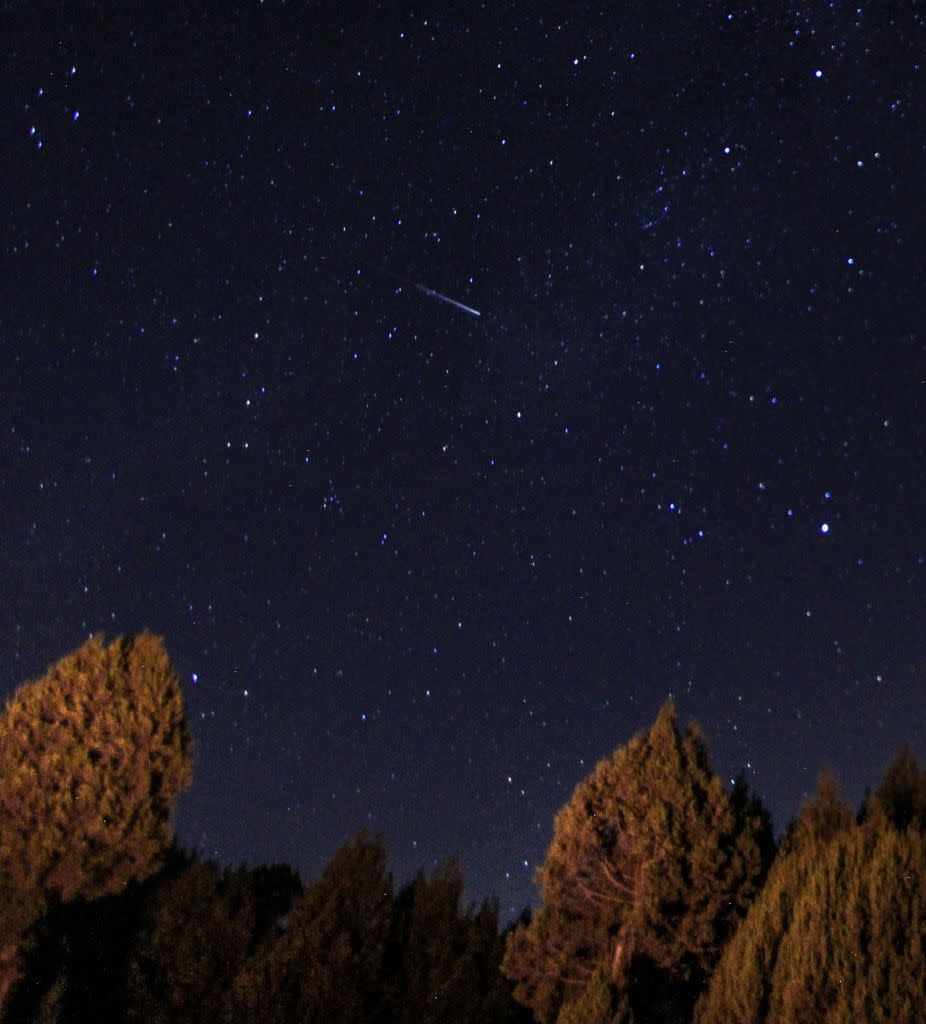
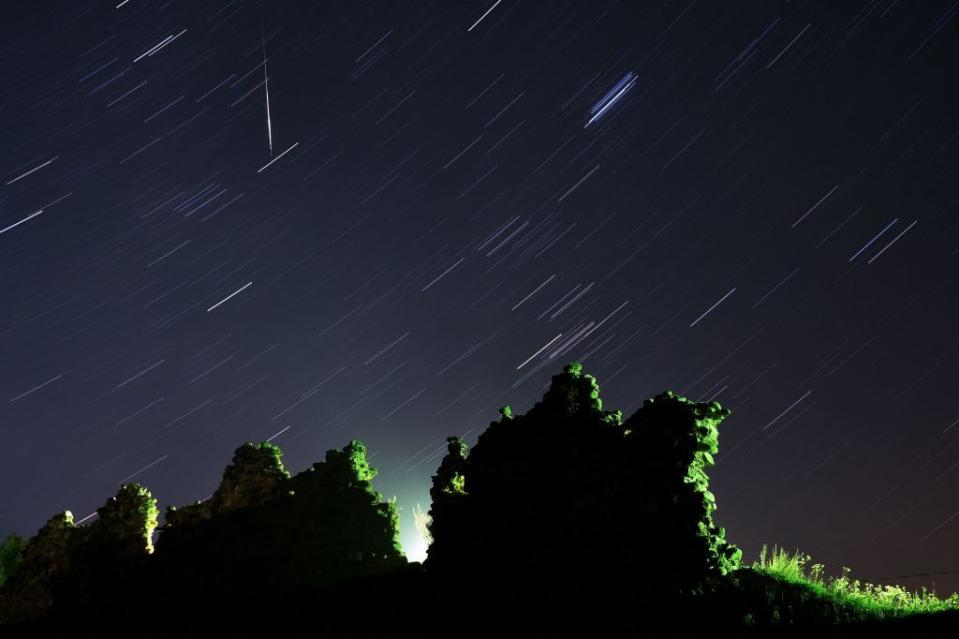
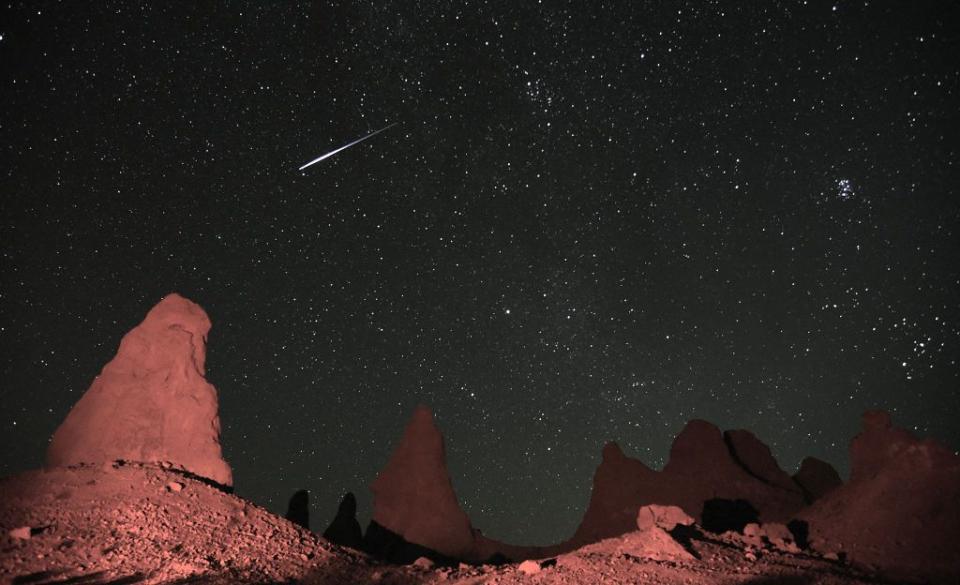
You Might Also Like

